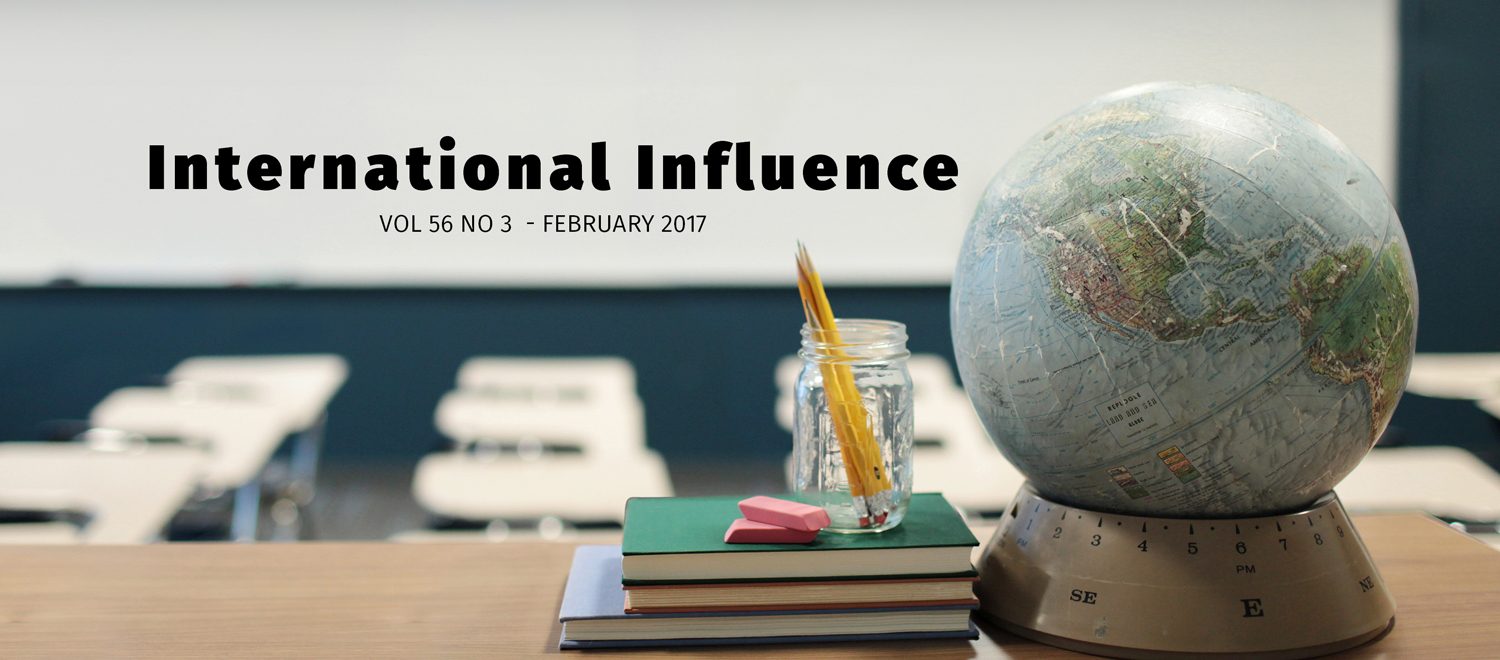Two summers ago, my amazing wife, Amy, and I traveled to Poland for a literacy research conference. To be honest, Poland wasn’t really on my list of must-see destinations. But we both like going to new places, and so we went. The conference was in a town which is spelled Wroclaw but pronounced more like Vratslaf. We stayed a few days after the conference so we would have time to learn about Wroclaw’s history.
One of the coolest stories we heard was about life during the Communist era. Polish artists would make little gnome statues out of brass and place them about the city. The communist leaders were convinced the gnomes were some kind of secret code—but really, the Polish people just liked driving the authorities crazy trying to figure out meanings where there were none.
We also saw a lot of interesting art. One street sculpture shows ordinary people gradually sinking into the pavement of the street, and then gradually emerging on the other side. This represented the way many things (including Christianity) had to go underground during the communist era. And even though Amy and I were not in Poland during that time, the artwork helped us understand that experience (and, to some extent, bridge the cultural gap).
But that wasn’t the best part of Poland. The best part was something I have noticed whenever I get to experience diversity. It is the bizarre awareness that the people around you differ from you in many ways and at the same time, they are so completely the same. For example, I remember ordering a grilled cheese (which in Poland is a slab of cheese grilled over a fire, with some cranberry sauce on top) in an open market and, once I got to a standing table, catching the eye of a guy who had been ahead of me in line and who was enjoying his cheese with the same enthusiasm I was. I didn’t speak Polish and he didn’t speak English, but we both understood the language of melty cheese.
This issue of the CEJ considers some of the challenges that come with cross-cultural teaching, whether you are an English-speaker teaching in Indonesia, or a teacher in Iowa with several foreign exchange students from China. It also considers some of the amazing opportunities we have when we leave the culture we have been raised in and view our teaching, curriculum, pedagogy, and calling through the eyes of another culture. These experiences help us to fight the all-too-prevalent idea that the only people who matter in the world are those who look, speak, act, and feel the way we do.
What struck me about my grilled-cheese-eating friend in the marketplace and also about our German-speaking cab driver from the airport, our good-humored tour guide, the guy who sold us earrings for our daughters, and my fellow researchers was that they are all children of God. If the only thing that international travel gives us is a sense of wonder and connection with the variety of brothers and sisters we have scattered across the globe, it is worth it (though, of course, this is only the beginning of what connecting globally can mean for our schools).
So read this issue, talk about it in your faculty room, and start thinking of ways that we can connect our students to God’s other children across the world.
Bill Boerman-Cornell is professor of Education and English at Trinity Christian College in Palos Heights, IL.
